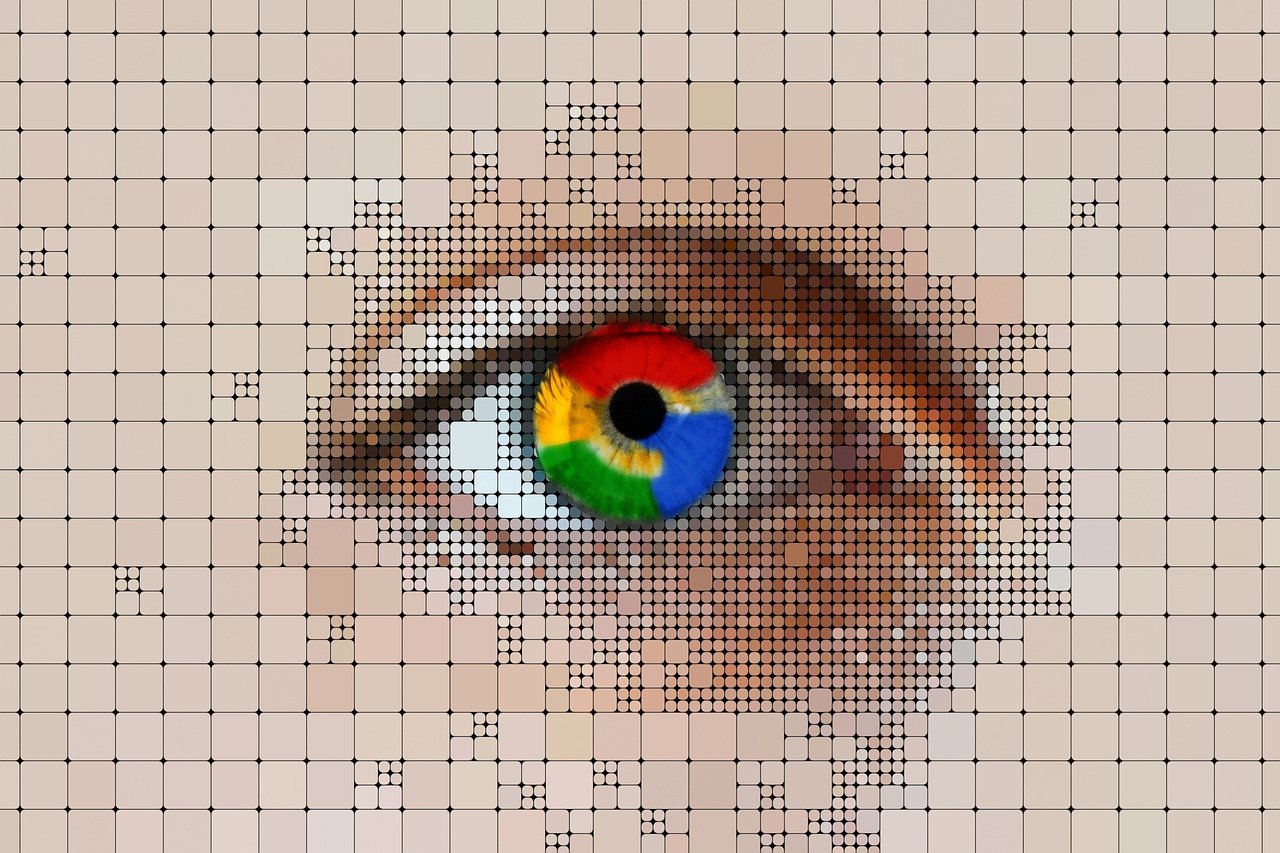
Google DeepMind’s new Genie 3 system creates virtual environments from simple text commands and lets people explore them like video games. More interestingly, the artificial intelligence (AI) model can remember where objects are placed in the environment for more than a few seconds.
The world model represents a major leap from its predecessor, Genie 2, which could only maintain stable environments for 10 to 20 seconds. Genie 3 extends interaction time to multiple minutes at 720p resolution and 24 frames per second, in real time.
“Genie 3 is our first world model to allow interaction in real-time, while also improving consistency and realism compared to Genie 2,” said Shlomi Fruchter, a research director at DeepMind, during a press briefing.
Type “warehouse with forklifts” and within seconds, users will be walking through a realistic facility. Add “make it rainy” and weather changes instantly without restarting the simulation.
The system’s memory capabilities set it apart from earlier models. When users paint walls or place objects, these changes persist even when they look away and return later. This consistency allows the AI to develop an understanding of physics without being explicitly programmed with physical rules.
“The model is auto-regressive, meaning it generates one frame at a time,” explained Fruchter. “It has to look back at what was generated before to decide what’s going to happen next.”
Google sees the biggest potential in training robots. Virtual warehouses could teach machines how to navigate real facilities before they ever leave the lab.
“We think world models are key on the path to AGI (Artificial General Intelligence), specifically for embodied agents, where simulating real-world scenarios is particularly challenging,” said Jack Parker-Holder, a research scientist on DeepMind’s team.
The company tested this approach with its SIMA AI agent, which successfully completed tasks like finding specific equipment in simulated environments. The AI learned these skills entirely within Genie 3’s generated worlds.
Current limits include basic interaction options and trouble creating readable text. The system also cannot perfectly replicate real-world locations or handle multiple characters moving around simultaneously.
Genie 3 remains in limited research preview, available only to select academics and creators. Google has not announced when it might become publicly available, citing the need to study potential risks and appropriate safety measures.
The development comes amid intense competition in AI world modeling. OpenAI recently teased what appears to be GPT-5, while other companies race to create similar simulation technologies.
DeepMind’s world models team includes former OpenAI Sora developers, showing how seriously both companies view this technology for advancing AI capabilities.
The company expects Genie 3 to play a critical role as AI agents take on more autonomous tasks in real-world environments.


















